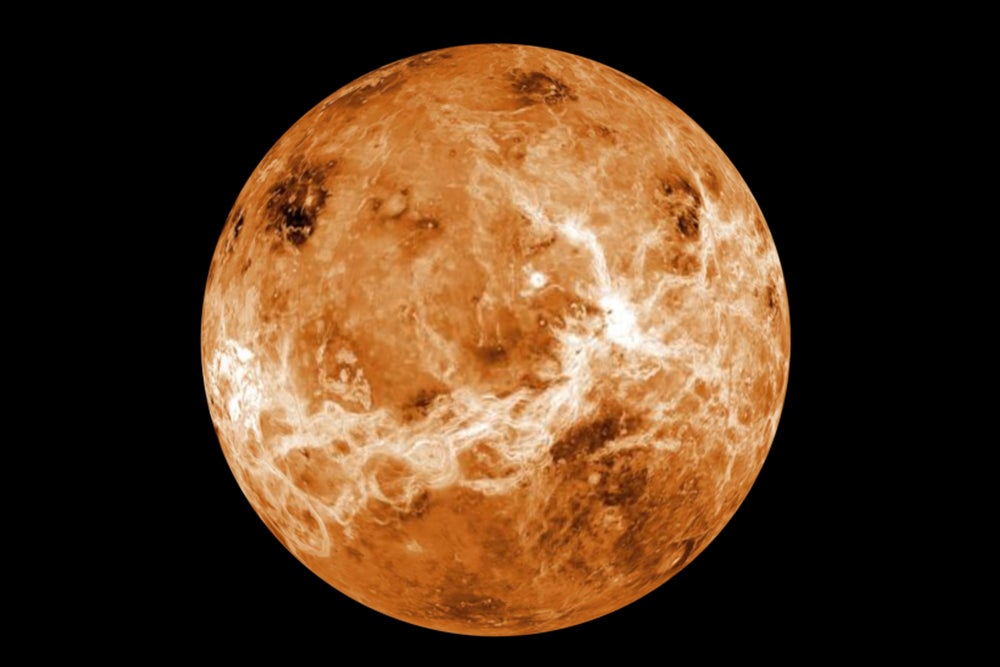
The discovery of a rare molecule on Venus could indicate the possibility of life on the planet.
This is according to a team of astronomers, who detected the molecule phosphine in the clouds of Venus.

Access deeper industry intelligence
Experience unmatched clarity with a single platform that combines unique data, AI, and human expertise.
Made up of hydrogen and phosphorus, phosphine can be produced by microbes found in oxygen-free environments and therefore could indicate the presence of “extra-terrestrial ‘aerial’ life”.
The team of astronomers, led by Professor Jane Greaves, used the James Clerk Maxwell Telescope (JCMT) in Hawaii to detect the phosphine, and then used the 45 telescopes of the Atacama Large Millimeter/submillimeter Array (ALMA) in Chile.
Professor Jane Greaves from Cardiff University’s School of Physics and Astronomy explains how the discovery came about:
“This was an experiment made out of pure curiosity, really – taking advantage of JCMT’s powerful technology, and thinking about future instruments. I thought we’d just be able to rule out extreme scenarios, like the clouds being stuffed full of organisms. When we got the first hints of phosphine in Venus’ spectrum, it was a shock!”

US Tariffs are shifting - will you react or anticipate?
Don’t let policy changes catch you off guard. Stay proactive with real-time data and expert analysis.
By GlobalData“In the end, we found that both observatories had seen the same thing – faint absorption at the right wavelength to be phosphine gas, where the molecules are backlit by the warmer clouds below.”
Published in Nature Astronomy, the discovery took six months of data processing to confirm.
Professor Hideo Sagawa of Kyoto Sangyo University then used his models of the atmosphere around Venus to interpret the data, finding that phosphine is present in very small quantities; about twenty molecules in every billion.
The astronomers then ran calculations to see if the phosphine could come from natural processes on Venus. According to research by Massachusetts Institute of Technology scientist Dr William Bains, the molecule can be produced by sunlight, minerals from the surface of the planet, volcanoes and lightening. However, none of these processes make the levels of phosphine detected. Therefore, it could be produced by terrestrial organisms.
Although microbes on Venus are likely very different to those on Earth, Earth bacteria can absorb phosphate minerals, which is combined with hydrogen and then expelled. Scientists have theorised that this could be a way of warding off rival bacteria.
Although confirming the presence of life on the planet will require a lot more research, this discovery is significant as it rules out some alternative ways of making phosphine. The highly acidic atmosphere in the high clouds of Venus would make it difficult for microbes to survive there
The team of astronomers is now waiting to establish whether phosphine is found in the temperate parts of the clouds and look for other gases associated with life.
Professor Emma Bunce, president of the Royal Astronomical Society said:
“A key question in science is whether life exists beyond Earth, and the discovery by Professor Jane Greaves and her team is a key step forward in that quest. I’m particularly delighted to see UK scientists leading such an important breakthrough – something that makes a strong case for a return space mission to Venus.”
Read more: NASA appoints acting director of International Space Station.







